History of Algorithm Changes And How To Fix Negative Impacts
By Mike Cynar
Over the years, Google has made significant updates. Here, we will discuss the history of Google’s update list, plus offer actionable tips you can apply to overcome any negative impacts.
Google has been around for more than two decades. Since the search engine launched in 1998, there have been a plethora of updates refining how its algorithm searches and ranks websites. If you’re still designing your site, coming up with content, or plotting your SEO campaign then you need to look into these updates.
Fortunately, we’ve got a handy update list right here summarizing all the major changes. Take a moment to review them and how each update can boost or penalize your business.
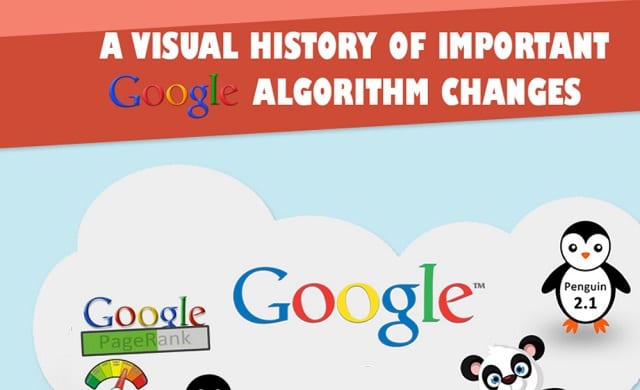
The Early Updates
Starting in the year 2000, there were a series of minor updates. At the time, Google hoped to release monthly updates. Many SEO experts referred to this constant wave of changes as the Google Dance and were all part of the first-named update: Google Boston.
Some of these updates prioritized on altering Google’s search algorithm or link-quality concerns. Other minor updates from this period helped Google identify hidden links or text. These updates also introduced the Google Toolbar, a now-defunct tool you don’t have to worry much about.
These were all small steps leading to the first big update that would change the SEO industry forever: Google Florida.

The Big One: Google Florida – Released November 16, 2003
For many, the big update list starts with Google Florida.
This update took its name from the fact that the state of Florida consistently got hit by strong hurricanes. In many ways, the Google Florida update was like a hurricane that shook the SEO industry down to its very core. Things would never be the same again.
Florida attacked spammy websites relying on hidden links or invisible text. Sites that stuffed keywords into every page, whether they were visible or not, took a major hit. This update also filtered out multiple websites labeled under the same brand.
Try searching for something like “Nike shoes” on Google. The reason why you won’t find multiple sites owned by Nike on SERP page 1 is all thanks to this update.
How do you avoid getting penalized by this update? The answer is simple: don’t stuff keywords into your site. Don’t try to hide links or hide keywords by turning them invisible (using the same color as the background, for example).
Google prioritizes websites that provide relevant, high-quality content so avoid attempting any spammy or keyword-stuffing techniques.
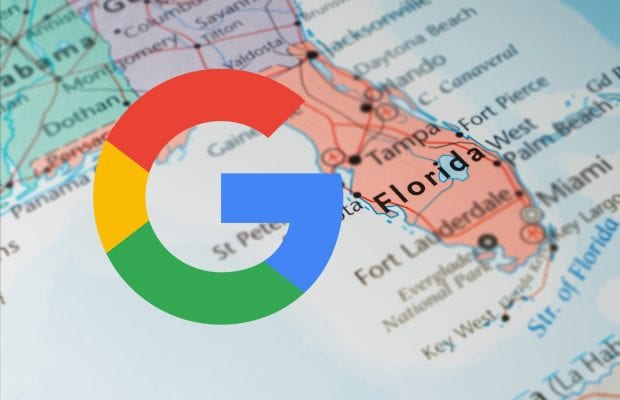
Incremental Changes
There were a few incremental updates that followed Florida. Some of these updates targeted stuffing keywords into META-tags and emphasized link neighborhoods.
All search engines, including Google, also introduced the Nofollow link attribute as a means of controlling outbound links. XML Sitemaps also became a necessary tool.
Jagger Update – Released September 1, 2005
Like Florida, the Jagger update was another major change to Google’s algorithm. This update altered the SEO industry and many sites never recovered. This update focused on filtering out poor link strategies such as link spamming, link farming, and paid links.
To this day, you need to follow Google’s Webmaster Tools guidelines introduced by the Jagger update. If you feel like you got penalized, try the following tactics:
- Don’t spam links on Twitter
- Don’t pay for inbound links
- Don’t use link farms
If you want high-quality inbound links, start by making linkable content. Evergreen content helps because they’re always useful, long after you upload them. Get in touch with other sites and blogs and ask for guest posting opportunities.

Boosting Big Brands with Vince Update – Released January 18, 2009
Let’s go back to searching for Nike shoes. A quick search shows that the first few spots go specifically to Nike’s official website. You won’t find affiliate marketing websites or blogs, even if the people who own such sites do the best SEO work they can.
You can point the blame at the Vince update.
This update puts a heavy priority on big brand domains. When you search for Nike, you’ll see the Nike website first. You’ll only start finding affiliate sites or others by the time you get on the second or third SERP pages.
As for your website, there isn’t much you can do about it. Instead of trying to rank high for keywords like “Nike shoes” you should focus on long-tail keywords and local intent. Go for something like “affordable Nike shoes in XYZ City” for example.
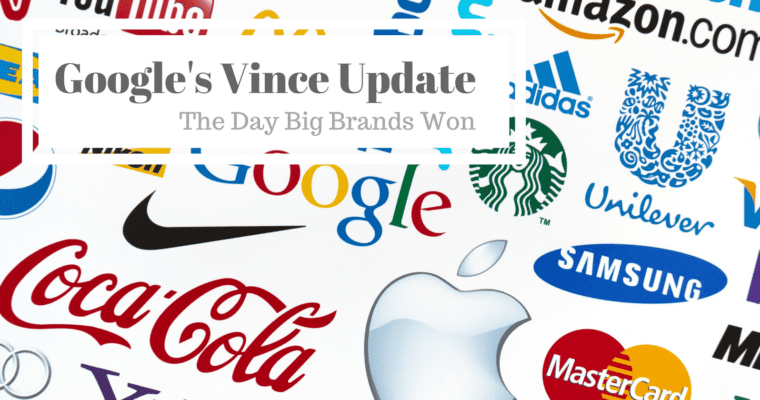
Panda: Prioritizing High-Quality Content – Released February 23, 2011
Content farms were becoming a major issue by 2010. Site managers and SEO experts at the time realized they could exploit the search algorithm by uploading tons of content, even if the content didn’t contain useful information. Google then released the Panda update to put a stomp on thin content and prioritize high-quality content instead.
The update attacked content farms like Answers.com, Demand Media, and Ezine Articles.
Panda affected roughly 12% of websites at the time. That’s how many spammed content on sites like Ezine Articles instead of prioritizing authoritative, unique posts on their main website.
Do you practice this as well? It’s time to cut that out because Google’s search algorithm will penalize you for doing so if it hasn’t already. Content farms might seem like good resources to get more inbound links, but this update knocks that idea down.
Focus instead on making high-quality posts on your pages. Every page on your site should inform, entertain, and provide relevant data to visitors.
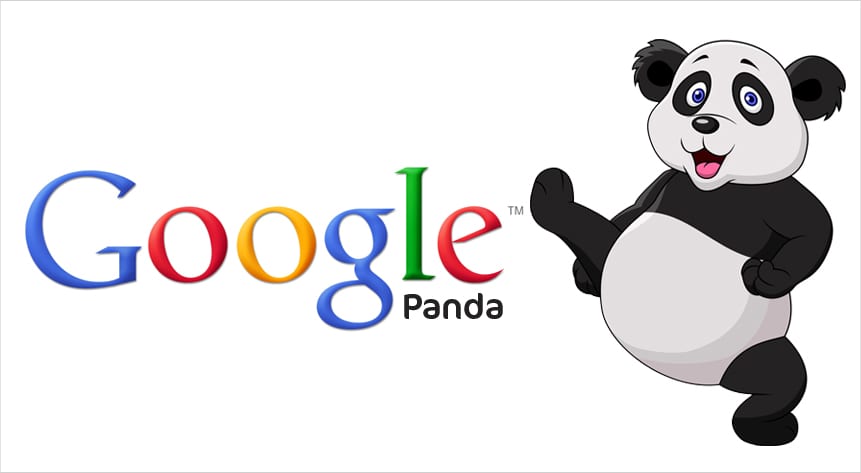
Top-Heavy Update – Released January 19, 2012
Also referred to as the “Above the Fold” update, this change penalized websites with too many ads at the top of a web page. “Above the fold” is an old newspaper term and it applies to websites too, indicating the portion of a page visitors can see before they scroll down.
You don’t have to worry about this update impacting your SEO efforts too much. It all lies in smart web designing. Make sure you space out the ads on your site instead of dumping them all at the top.
Putting all the ads up top look like ad spamming. This ruins the user experience and may push people out of your site instead of inviting them in.

Local Intent with Venice Update – Released February 27, 2012
This update launched in 2012 and it changed the search landscape forever. This update, which many SEO industry experts often forget about, emphasizes local search. Venice is the reason why you get local businesses listed first when you run a search on Google.
Venice altered the search algorithm to check for local intent and needs. If you run a search for “cheap shoes for sale” you’ll find a local business amongst the online stores in the results.
For this reason, your SEO strategy should put a heavy emphasis on local search. If your business is within Springfield, Illinois, for example, then you should use keywords like “cafes in Springfield.”
Don’t forget to register and claim your Google My Business page too. This helps Google allocate certain businesses with local searches.
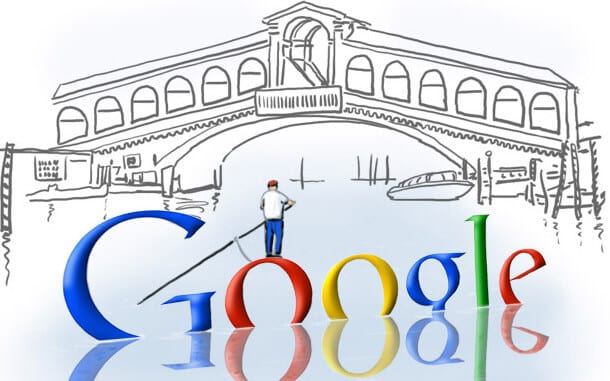
Penguin Deals with Spamming – Released April 24, 2012
Fully launched in 2013, this was another major update that took down sites with aggressive over-optimization issues. This was the evolution of the previous Jagger and Panda update as it tackled things like keyword stuffing and link spamming. It addressed these issues more aggressively than before and took into consideration things like a site’s overall link profile.
If you feel like you got hit by this update, run an audit on all your inbound links. Make sure you aren’t spamming them on sites like Quora or Twitter. You shouldn’t spam links on directories either.
Don’t put too much emphasis on keyword density either. That’s a thing of the past. Instead, prioritize smart keyword placement, such as placing your keyword at the beginning of the article, in a header, and of course in the meta description or page title.
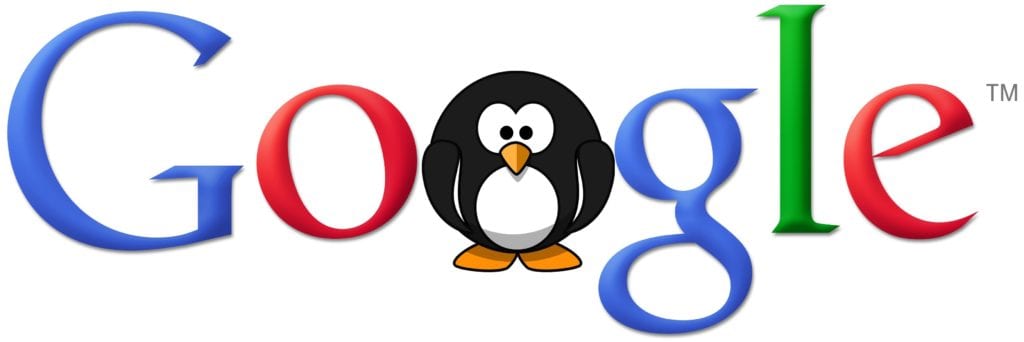
Hummingbird Update – Released August 20, 2013
Again in 2013, this update altered the core search algorithm. Many compare it to the Caffeine update, which was similar but not as drastic or as notable. This update, however, emphasizes understanding of complex queries and voice search.
It’s likely this update released as a response to the rising popularity of Apple’s Siri service. Today, you need to account for other voice search technology like Alexa. It’s for this reason many SEO experts integrate the use of long-tail keywords into their strategies.
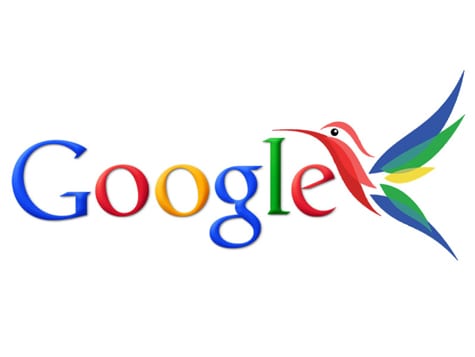
Pigeon Update for Updated Local Searches – Released July 24, 2014
With Pigeon, Google aimed to refine local search results. It works by enhancing the algorithm’s location ranking and distance parameters.
This means local businesses take precedence. If you want to get on top of the competition, it’s a smarter move nowadays to prioritize local SEO instead of national SEO. The only case for the latter is when you’re moving up to nation-wide branding.
If you don’t want to get left behind in the dust, make sure you focus on local keywords and location-specific content. Build backlinks from other local sites and networks and don’t forget to fill up your Google My Business. Doing all of this builds your site as the authority for a specific area.
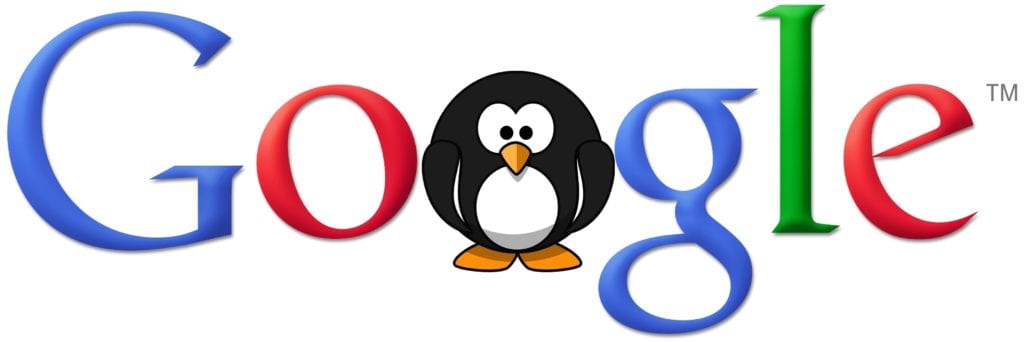
Mobile-Friendly Update – Released April 21, 2015
This update came out back in 2015 and it has since completely altered how people design their websites. With the majority of people using only mobile devices to access the Internet, Google released this update to make sure websites catered to this crowd.
With this update, the algorithm now prioritizes websites with a mobile-friendly design. This means having a responsive website, readable text on a tiny screen, and intuitive page design for touchscreens give you the advantage.
Fortunately, it’s not that big of a deal now. Platforms like WordPress already have the option to automatically make websites responsive and most web designers take into account factors like font size and image resolution.
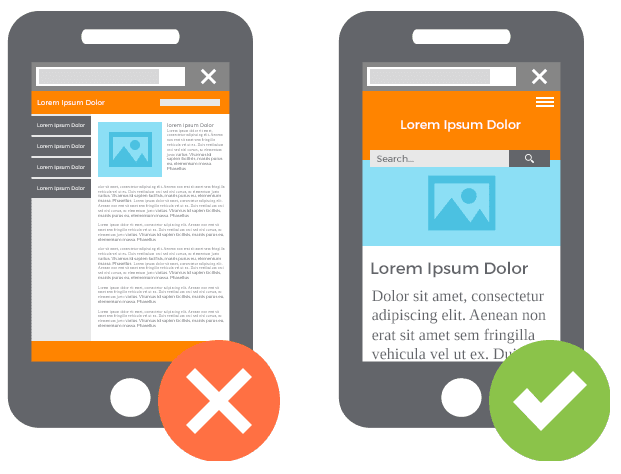
Phantom Updates/Quality Update – Released May 9, 2013, and then updated May 3, 2015
On May 9, 2013 the first version of Phantom was released by Google. There were tons of reports of a huge algorithm update. The exact nature of this update was unclear, but a large number of sites reported major traffic losses. Then, Phantom 2 was later released in 2015, this unnamed update launched and impacted websites with thin content, too many ads, and poor linking profiles. The exact details of the algorithm changes are still unknown but many believe that it’s a core search algorithm fix, meant to rework how the search engine looks at quality signals.

RankBrain Introduction – Released October 26, 2015
Now we’re stepping into AI (artificial intelligence) territory, also referred to as machine learning technology. This also launched in 2015, around October.
Let’s say you searched “Nintendo’s hybrid console.” Without RankBrain, Google’s algorithm might showcase results that focused on those three keywords. However, with RankBrain now in tow, you’ll get results related to the Nintendo Switch, a far more accurate result.
How did this happen?
The AI implemented in RankBrain studies the intent and satisfaction of the user instead of prioritizing solely on the words at face value. It doesn’t simply scour the Web for those keywords and instead tries to understand the meaning of the search.
For this reason, your SEO strategy should prioritize creating informative and entertaining content. It’s no longer simply about stuffing the right keywords anymore.

Another Major Update: BERT – Released October 22, 2019
For a few years, Google released minor updates but there wasn’t anything game-changing or drastically different. That all changed when the search engine giant suddenly released BERT, which stands for Bidirectional Encoder Representations and Transformers.
This update helps Google understand the context of search queries.
For example, if you searched for “fishing cows” a few months back then Google will showcase a list related to livestock. However, if you’re from New England, the term cow refers to striped bass. With BERT, Google will now take the context into consideration and list results related to fishing striped bass instead.
How does this affect you and what can you do?
Use clear language in your website and content. Use words surrounding specific terms to indicate context. This helps Google associate words properly and under the right usage.

December 9, 2019 BERT Update: Google states that the BERT natural language processing algorithm was now rolling out internationally, in 70 different languages.
Core Update – Released January 13, 2020
Google’s Danny Sullivan announced that a broad core algorithm update was soon to be released. Google again provided the same guidance as for all other recent broad core algorithm updates.
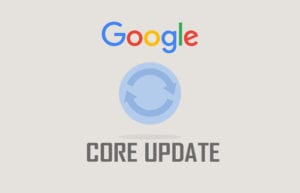
While the January 2020 update wasn’t on par with “Medic,” it tracks closely to the previous three updates.
A Google core update happens when Google makes significant and broad changes to its search engine algorithm and systems. These updates aim to improve the search experience for users, providing more relevant, useful, and trustworthy content.
Featured Snippet De-Duping – Released January 22, 2020
When the featured snippet was first introduced by Google way back in 2014, it changed the game for SEO. Having a position above the highest-ranking organic results meant you were crushing the SEO battle without needing that coveted #1 ranking.
Then, on January 22, 2020 Google announced that URLs in Featured Snippets would no longer be shown as traditional organic results, in line with Google’s philosophy that a Featured Snippet is a promoted organic result. This carried significant implications for rank-tracking and organic CTR.
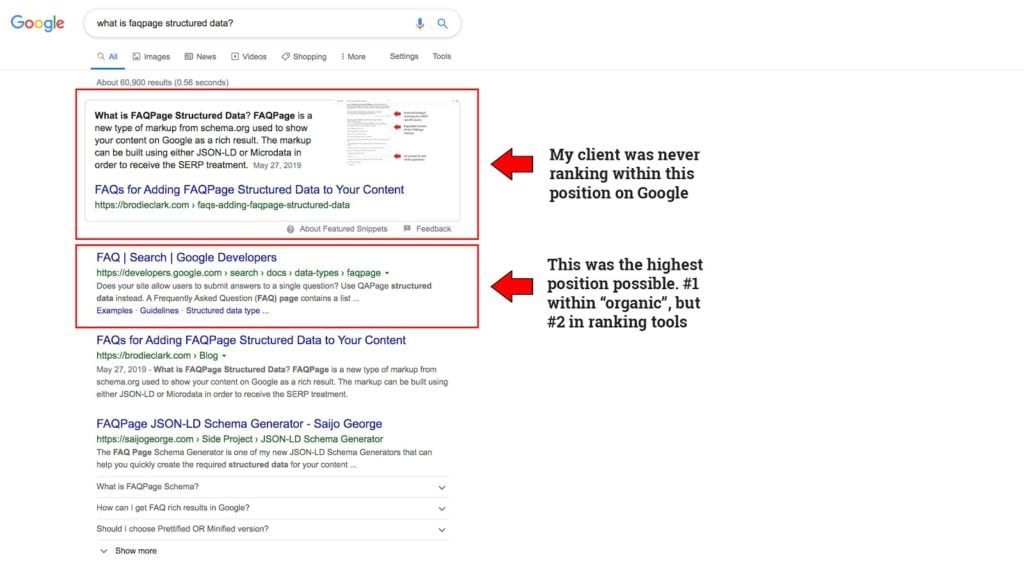
Stay on Top With This Update List
Google tends to update regularly. They launch small improvements daily but with this updated list, you’ll have the means to prepare for all the major changes. Don’t launch a website without considering these search engine guidelines.
Of course, you shouldn’t stop with good preparation and know-how. You’ll need a solid SEO strategy and SEO-ready web design to get the most out of your online efforts.
That’s where we come in. If you’re looking for top-notch SEO assistance, don’t hesitate to get in touch with us right here.
Get SEO Quotes


Comments are closed.